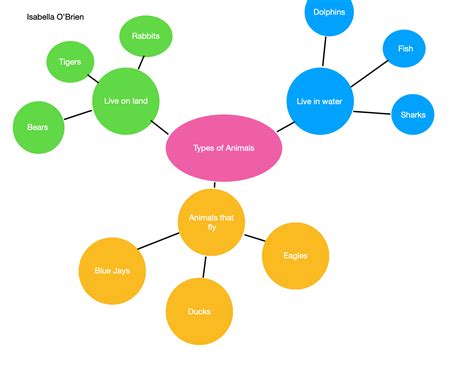Keystone species are organisms that have a disproportionately large impact on their ecosystem relative to their abundance. These species can play a variety of roles, including:

- Prey: Keystone species can serve as a primary food source for other animals, supporting a wide range of predators and scavengers. For example, wolves in the northern hemisphere are known to prey on deer, rabbits, and other small mammals. This predation helps to control the populations of these prey species and maintain the overall health of the ecosystem.
- Predator: Keystone species can also be predators, helping to control the populations of other animals. For example, sea otters in the Pacific Ocean prey on sea urchins. This predation helps to keep kelp forests healthy, as sea urchins can overgraze kelp and cause it to die off.
- Mutualist: Keystone species can form mutualistic relationships with other organisms, benefiting both species. For example, fig trees in the tropics have a mutualistic relationship with wasps. The wasps pollinate the fig trees, and the fig trees provide the wasps with a place to lay their eggs.
- Competitor: Keystone species can also compete with other species, limiting their abundance and preventing them from dominating the ecosystem. For example, lions in the African savanna compete with other predators, such as hyenas and leopards. This competition helps to ensure that no one predator species becomes too dominant and disrupts the overall balance of the ecosystem.
Keystone species are often identified by their impact on the ecosystem, rather than their specific taxonomic group. They can be plants, animals, or even fungi. Some examples of keystone species include:
- Beavers: Beavers create dams, which can flood areas and create new wetlands. These wetlands provide habitat for a variety of plants and animals, and they can also help to control flooding and improve water quality.
- Coral reefs: Coral reefs are home to a wide variety of marine life, including fish, invertebrates, and algae. Coral reefs help to protect coastlines from erosion, and they also provide a source of food and shelter for many marine organisms.
- Mycorrhizal fungi: Mycorrhizal fungi form symbiotic relationships with the roots of plants. These fungi help plants to absorb nutrients from the soil, and they can also protect plants from drought and disease.
Keystone species are essential for the health and functioning of ecosystems. They play a variety of roles, and their removal can have a cascading effect on the entire ecosystem. It is important to protect keystone species and their habitats, as they are vital to the overall health of the planet.
How to Add Keystone Species to a Concept Map
To add keystone species to a concept map, you can follow these steps:
- Identify the ecosystem that you are mapping.
- Research the ecosystem to identify the keystone species that are present.
- Add the keystone species to the concept map, using a different color or symbol to distinguish them from other species.
- Draw lines between the keystone species and other species in the ecosystem, indicating the relationships between them.
- Label the relationships with arrows to show the direction of the interaction.
For example, the following concept map shows the relationships between keystone species and other species in a forest ecosystem:
[Image of a concept map showing the relationships between keystone species and other species in a forest ecosystem]
The concept map shows that beavers are a keystone species in the forest ecosystem. They create dams, which flood areas and create new wetlands. These wetlands provide habitat for a variety of plants and animals, and they can also help to control flooding and improve water quality. The beavers also have a mutualistic relationship with aspen trees. The beavers provide the aspen trees with water and nutrients, and the aspen trees provide the beavers with shelter and food.
The concept map also shows that wolves are a keystone species in the forest ecosystem. They prey on deer, which helps to control the deer population. This predation helps to maintain the overall health of the ecosystem, as deer can overgraze vegetation and damage the forest.
Conclusion
Keystone species are essential for the health and functioning of ecosystems. They play a variety of roles, and their removal can have a cascading effect on the entire ecosystem. It is important to protect keystone species and their habitats, as they are vital to the overall health of the planet.
By adding keystone species to a concept map, you can better understand the relationships between different species in an ecosystem and the role that keystone species play in maintaining the overall health of the ecosystem.
